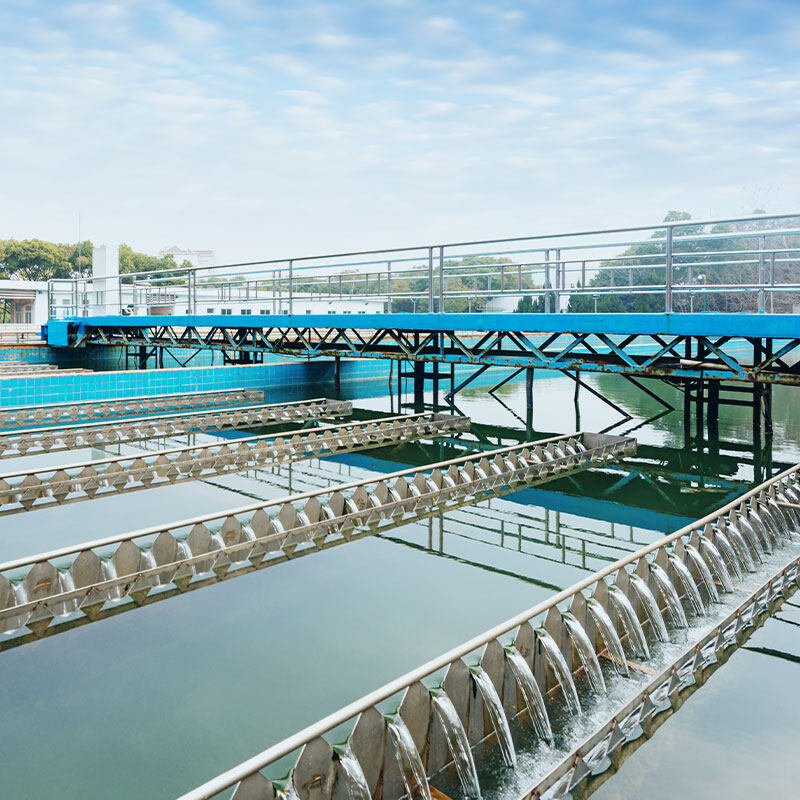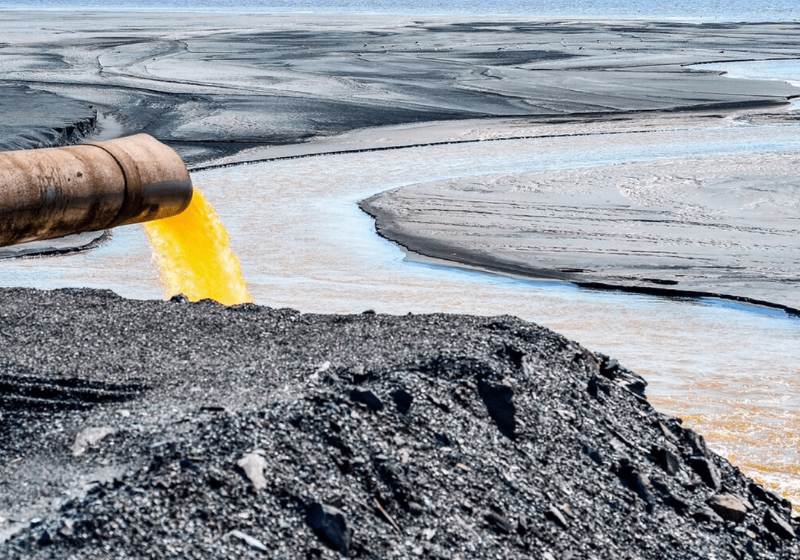Introduction of Mercury Containing Wastewater
Mercury containing wastewater mainly comes from non-ferrous metal smelters, chemical factories, pesticide factories, paper mills, dye factories, and thermal instrument and meter factories. The toxicity of various mercury compounds varies greatly, such as methylmercury, which is easily absorbed and not easily degraded when entering the human body. Its excretion is slow and it is easy to accumulate in the brain.
At present, the main treatment methods for mercury containing wastewater are: Sedimentation Method, Electrolysis Method, Ion Exchange Method, Activated Carbon Adsorption Method, and Combined Treatment Process.
Sedimentation Method
The sedimentation method is divided into two types: Coagulation Sedimentation and Sulfide Sedimentation .
Coagulation sedimentation method is to add coagulants (lime, iron salt, aluminum salt) into mercury containing wastewater, form hydroxide flocs under weak alkaline conditions with pH of 8-10, and use flocs to make mercury coprecipitation separate out.
Sulfurization sedimentation method is injecting sodium sulfide into mercury containing wastewater, utilizing the strong affinity between Hg2+and S2- to generate extremely soluble mercury sulfide and remove mercury from the solution. The sulfurization precipitation method is widely used in the control of mercury pollution in chlor alkali plants.
It is suitable for treating different concentrations and types of mercury salts. When the concentration of mercury ions is high, the chemical precipitation method should be preferred.
Disadvantages:
- Easy to cause water hardening, incomplete treatment of wastewater containing low concentration mercury, and easy to cause secondary pollution.
- Due to the influence of precipitants, environmental conditions, and process control parameters, it is difficult for the effluent concentration to meet the discharge standards, so further treatment is needed.
Electrolytic Method
Electrolysis method utilizes the electrochemical properties of metals. Under the action of direct current, mercury compounds dissociate at the anode to form mercury ions, and are reduced to metallic mercury at the cathode to remove mercury from wastewater.
It is suitable for treating wastewater containing high concentration inorganic mercury.
Disadvantages: The concentration of mercury ions in water cannot be reduced very low, resulting in high power consumption, high investment costs, and easy generation of mercury vapor, leading to secondary pollution.
Ion Exchange Method
The ion exchange method is carried out in an ion exchanger, using macroporous thiol ion exchange resin to adsorb mercury ions in mercury containing wastewater. The thiol groups on the resin have strong adsorption capacity for mercury ions. The mercury adsorbed on the resin can be eluted with concentrated hydrochloric acid and quantitatively recovered.
Compared with precipitation and electrolysis methods, ion exchange method is suitable for treating wastewater containing low concentration mercury. Research has shown that the ion exchange effect is best when treated first and then treated with ion exchange method. The minimum effluent content of inorganic mercury after treating mercury containing wastewater using ion exchange method is 1-5ug/L.
Activated Carbon Adsorption Method
Activated carbon adsorption method is a relatively mature method for treating mercury containing wastewater, which can effectively adsorb mercury in wastewater.
It is suitable for treating low concentration mercury containing wastewater. When the concentration of wastewater is too high, primary treatment can be carried out first, and then activated carbon adsorption treatment can be used.
Visit www.evuchina.com for more informations!

#QDEVU #WATERTREATMENT #WASTEWATERTREATMENT #SEWAGETREATMENT #SEWAGEWATERTREATMENT #WATERFILTER #WATERFILTRATION #SLUDGETREATMENT #SLUDGEDEWATERING



